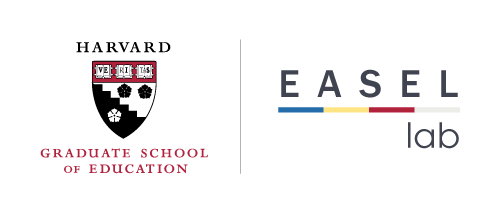The Lebanon Social and Emotional (SEL) Framework Mapping Project uses the process developed by the Taxonomy Project to conduct an empirical mapping to identify similarities, differences, and gaps in competencies included in SEL-related frameworks used to date in Lebanon.
The Taxonomy Project seeks to create greater precision and transparency in the field of SEL and to facilitate more effective translation between research and practice. The project uses a rigorous coding system to identify whether and how specific SEL skills and other non-academic constructs are related to one another across different frameworks. The system is designed to preserve the integrity of each framework without obscuring nuances in meaning or links to evidence. The resulting database of coded frameworks is the basis for a website and suite of interactive tools that enable mapping and analysis of skills across different frameworks.
The objectives of the current project were to: (a) train Lebanese government staff on the Taxonomy coding system and mapping methodology; (b) identify and code SEL frameworks being used by the Lebanon Ministry of Education and Higher Education (MEHE) and the Center for Educational Research and Development (CERD); (c) create a suite of online interactive data-based tools to support a better understanding of the similarities, differences, and gaps in the SEL skills being targeted by different frameworks and departments within MEHE and CERD; and (d) support a consensus process toward identifying priority SEL competences for Lebanon.
Our team worked with Global TIES for Children at New York University (TIES/NYU) and Government of Lebanon (GoL) staff to identify frameworks for inclusion, focusing on ~5 frameworks that are currently used by GoL departments (e.g., research, curriculum, teacher training) to guide their work. TIES/NYU and GoL participants were trained on the coding system through an in-person workshop, which included time to practice coding and discuss adaptations to the coding system in order to capture salient skills and features of SEL in the Lebanese educational and cultural context. Coding was conducted in pairs and all coded data were entered into a database which was used to generate a distance matrix and similarity index that describe the relatedness of all skills in the database (regardless of skill name or originating framework). A second workshop focused on interpreting the data, engaging in synthesis discussions, and identifying priority competencies.
